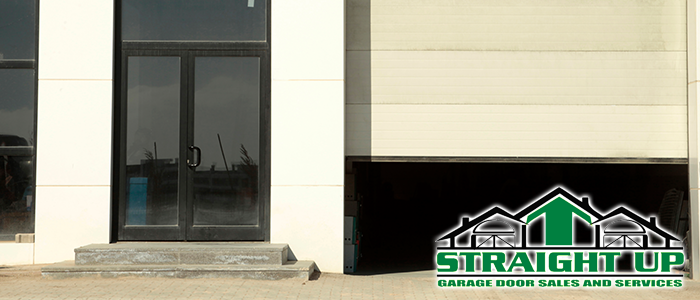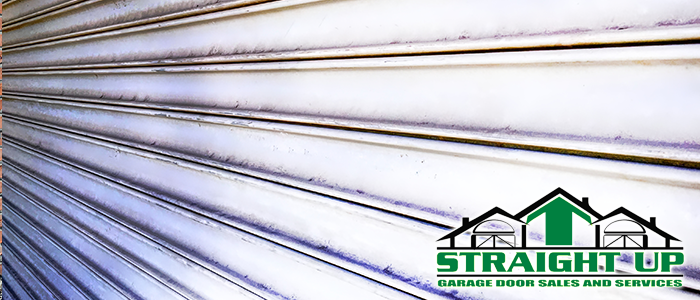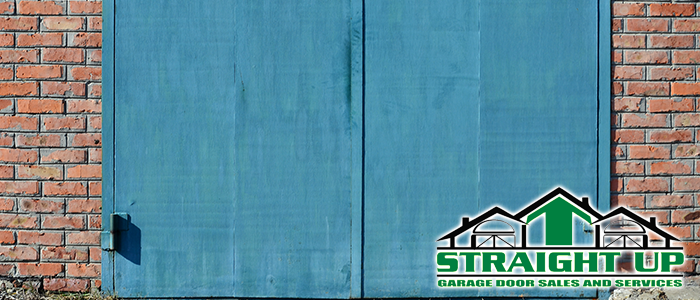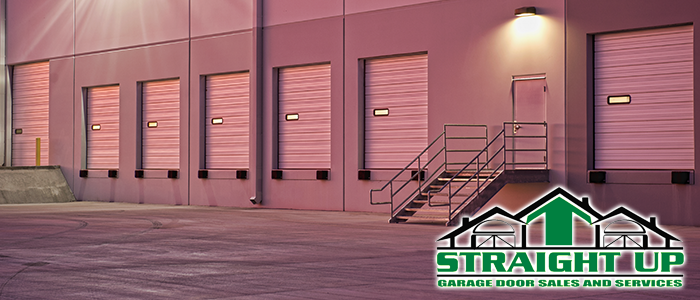Winter’s harsh weather and cold temperatures can be very hard on your garage door’s moving parts. While checking the parts of your garage door is vital to do year-round, it is essential to do between seasons as large temperature and climate changes present themselves. Read on to learn a helpful list of things to keep an eye on as summer and hot weather approaches.
Inspection
Start by giving your door a good “once over.” Look for signs of wear and tear, frayed cables, misaligned tracks, loose bolts, or rusty springs. Temperature changes can loosen once tightened bolts all on their own, which can interfere with smooth garage door operation. Make sure to clean inside the tracks and remove any built-up debris. If you leave your garage door closed for a while, give it a few test runs to see if it makes any odd noises or behaves unexpectedly. If anything seems wrong, don’t hesitate to call a professional. Even in the event of a false alarm, a technician will be able to spot things you may have missed, and make sure that your garage door is in peak working condition.
Lubrication
Apply lubricant to your garage door’s hardware to ensure it keeps moving all summer long. Properly lubricating your garage door’s moving parts will keep your door quiet and prevent friction and the stresses that it can cause. Ensure that you adequately lubricate the rollers, tracks, and hinges with a lubricant that is specifically made for garage door equipment, as these have particular needs.
Check Windows
Check the windows of your garage if it has any. Cracks can form in especially cold weather, and any built-up moisture may have damaged the window frame. If your window appears to have damage, having a professional replace them is a good idea. This can save you on energy costs come next winter, and ensure you don’t have a more expensive job to perform later on down the line.
Weatherstripping
Another place that is frequently damaged by moisture is the weatherstripping along the bottom of your garage door. Ice and humidity can build up and warp, crack, or even tear your insulation and weatherstripping, allowing hot or cold air to pass into your garage easily. Ensuring that your weatherstripping stays in good condition is essential for keeping your home cool, as your AC will work overtime with cold air escaping out your garage door. Neglecting your weatherstripping can cost you quite a bit in the summer months.
Sensors
Finally, your garage door should be equipped with light sensors. There should be two sensors – One at either end of your garage door. These ensure that your garage door reverses direction if anything under it could get crushed by the closing process. As these are low to the ground, they can be vulnerable to rust and dust build up and cleaned with a soft cloth. Ensure they face one another as evenly as possible, and test them by placing something in front of them as the garage door is closing. It should stop immediately and open itself back up. If not, try to realign the sensors and try again. If it still doesn’t stop, it’s time to call a professional, as this work can be sensitive – And the photo-eye system is an essential part of preventing potentially dangerous and costly accidents in your home.
In Conclusion
If you do all of these things as the weather starts to warm, you can be confident that your garage door is ready for summer and will operate smoothly into the winter months. We recommend regular maintenance. While you may not need to go through the whole checklist every time you enter your garage, a little mindful observation can go a long way to keeping your garage door system in perfect working order.





